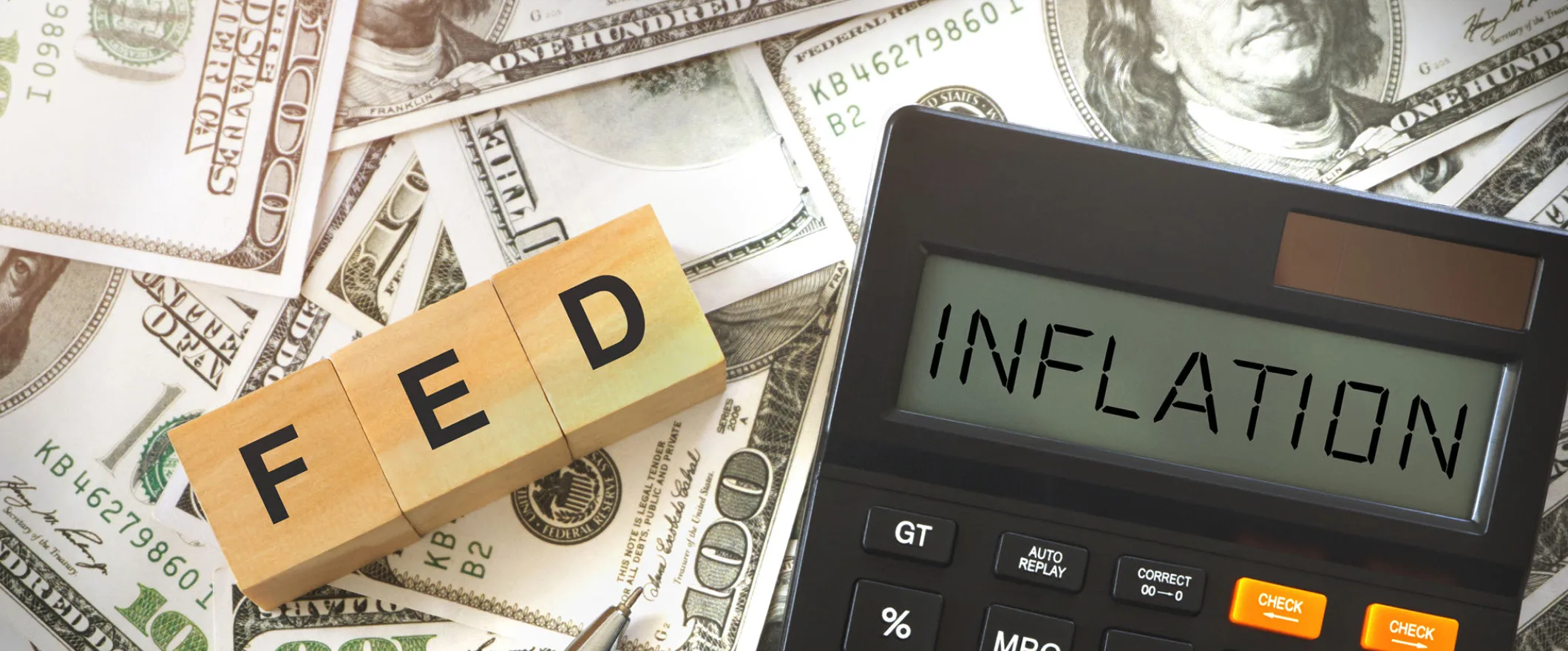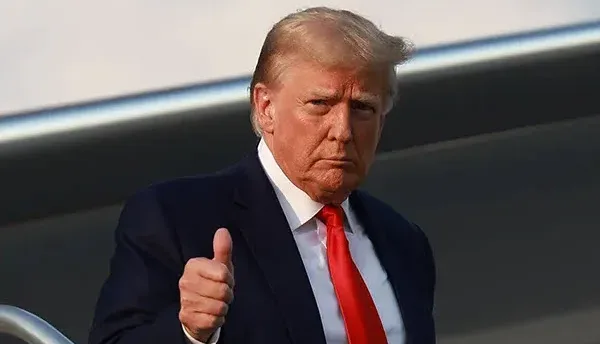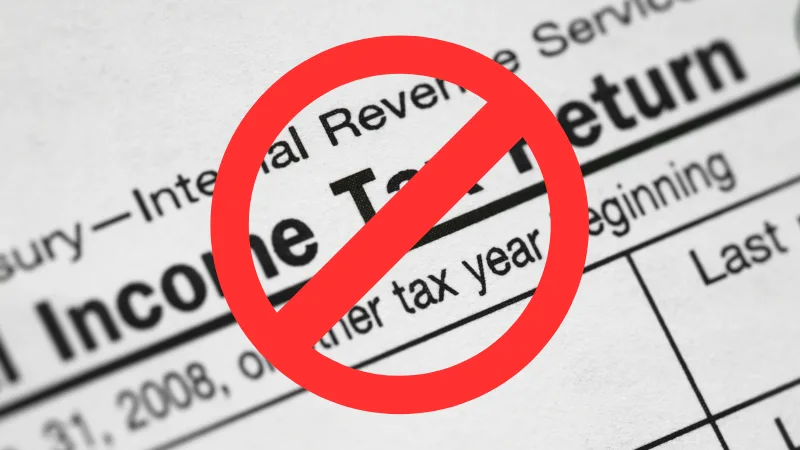The conclusion of the Federal Reserve’s July meeting indicates a likely quarter-percentage-point increase, which would take interest rates to a record high of the past 22 years. The critical discussion during the July 25-26 meeting is expected to be about the conditions needed to trigger another rate hike later in the year. Despite the slowdown of inflation last month, it’s believed that this July’s increase may be the final escalation by the Fed in its battle against inflation.
In its last meeting, the Fed kept its benchmark federal-funds rate steady between 5% and 5.25%, marking the first pause after ten straight increases since March 2022. During that meeting, most officials expressed that if the economy continued to grow modestly and inflation pressures subsided steadily, two more rate rises this year could be justifiable.
Despite Wednesday’s positive inflation news, officials are eager to boost rates this month. Their motivation is driven partly by stronger-than-expected overall hiring and economic activity since May. Furthermore, some officials are keen to ensure inflation continues to moderate before putting an end to increases.
Core inflation index, which doesn’t factor in fluctuating food and energy prices, showed its smallest monthly increase in over two years in June, rising less than 0.2% from the prior month. This is a significant change from the previous six months where core prices were increasing at approximately 0.4% a month.
Federal Reserve Vice Chair for Supervision, Michael Barr, and Fed governor Christopher Waller expressed their views, emphasizing the need for consistent evidence that inflation is slowing down. Meanwhile, Fed Chair Jerome Powell highlighted the necessity of more time to assess the impact of the Fed’s previous actions. There’s also a concern about any potential economic repercussions of higher bank funding costs following the failure of three midsize institutions.
The consensus to hold rates steady last month was partly due to several officials signaling the likelihood of future rises. These “hawks” argue for more increases, voicing concerns about the difficulty in further reducing inflation if economic activity and employment don’t decelerate sufficiently. Dallas Fed President Lorie Logan echoed these sentiments, stressing the importance of returning inflation to the target in a sustainable and timely manner.
Some officials worry that maintaining rates in July could ignite a market rally that softens financial conditions and complicates inflation reduction. Despite favoring an increase, Logan backed last month’s pause due to the strong indication of more necessary rises. Similarly, Cleveland Fed President Loretta Mester advocated for swift action on rate adjustments.
Waller suggested a possible second hike in September if inflation does not continue to decrease and there’s no significant slowdown in economic activity. However, two officials, including Atlanta Fed President Raphael Bostic, opposed further rate increases this year.
After aggressive rate increases in 2022 followed by a slow-down towards the end of the year, some officials propose waiting until the end of the year to evaluate whether another increase is needed. Depending on economic activity, officials might decide not to raise rates further and instead, move to a phase where rates are held steady as inflation slows.
Chair Jerome Powell emphasized the need to be patient and ready to adjust according to data. Ahead of the September meeting, two more months of employment and inflation data will be available, and another month of both before the November decision.
Senior economist David Wilcox predicts Powell will maintain a neutral stance at his July 26 press conference, likely indicating that progress is ongoing, albeit not as rapidly as desired.





